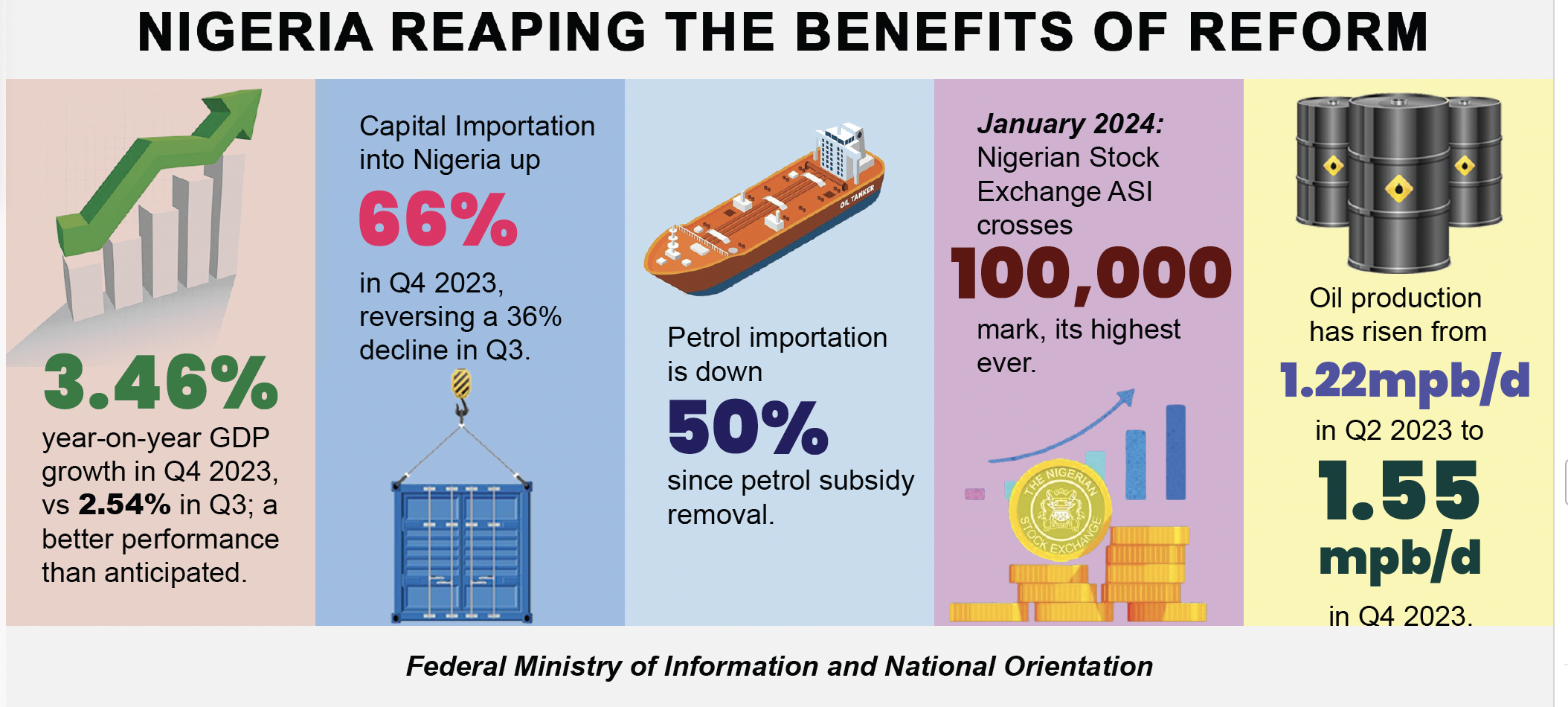The Director General of the National Orientation Agency, Mallam Lanre Issa-Onilu, has directed the Agency’s Community Orientation Officers to immediately commence a massive sensitisation campaign in communities likely to be affected by the release of excess water from the Lagdo Dam.
The Nigeria Hydrological Services Agency has indicated that the Nigerian government has been notified by Cameroonian authorities that it will soon release excess water from the dam, urging Nigeria to take precautionary measures to prevent damage to property and loss of life.
Recognising the urgency, the Director General instructed state directorates, particularly in the 11 frontline states, to begin ward-to-ward campaigns in all local governments identified as at risk.
The affected states include: Kogi, Nasarawa, Adamawa, Taraba, Benue, Anambra, Bayelsa, and Delta.

In Issa-Onilu’s words: “We will not wait for the floods to deliver the message to our people.
“They must have all the information needed to make informed decisions, as we have been given this alert from our neighbouring country.
“What happened two years ago and in 2012 should serve as a lesson to us all.
Also Read:
- Foreign relations professionals commend NIDCOM, partner to strengthen diaspora engagements
- Fiscal Autonomy: Why CBN hasn’t released funds to 774 LGAs — FG
- Rotary Governor-elect tasks officers on unity, impactful projects
- CP orders thorough probe into couple’s gruesome death in Ekiti
- Police detain two for allegedly torturing suspect to death
“I have instructed our community officers to start ward-to-ward sensitisation today in all at-risk communities.
“The message must be clear, providing safety measures, emergency contacts, floodplain maps, and possible impact points.
“Coastal communities should be evacuated immediately, while emergency food banks and medical facilities must be established as these communities relocate.
“We must also ensure that children are enrolled in safer schools without facing any disadvantage.”
Issa-Onilu also appealed to state and local governments to take NIHSA’s warning seriously and implement measures to mitigate risks to communities along flood-prone areas.
He called for technical support from stakeholders and government institutions with expert knowledge to ensure that “not a single person is displaced or falls victim to the potential floods”.


